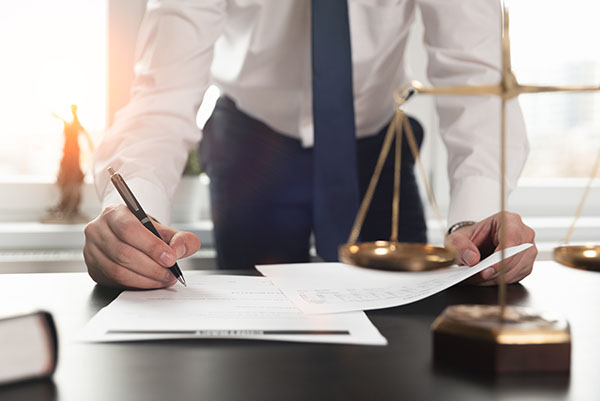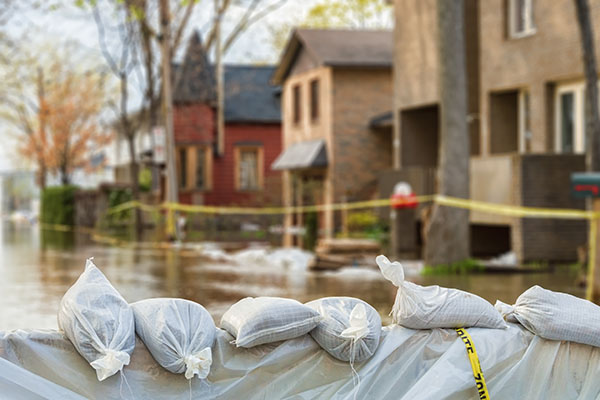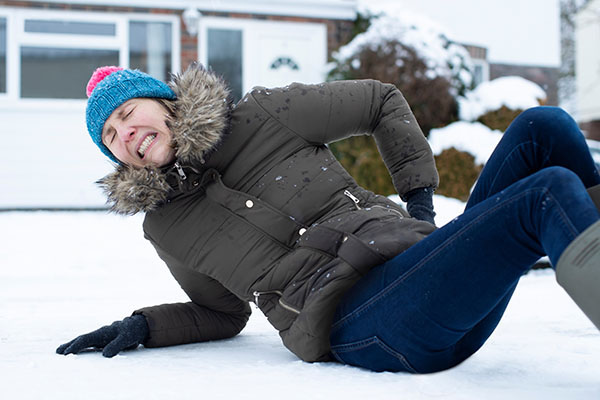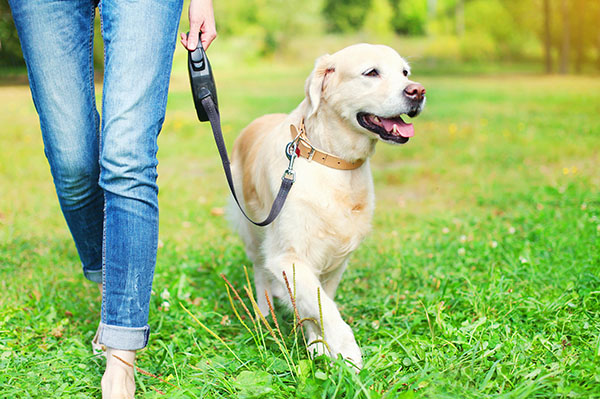
What Exactly is Involved in the Litigation Process?

Most types of litigated matters follow a similar process; however, I will use a personal injury matter as an example for how things typically proceed. This process takes place before the lawsuit is filed, up through a trial and potential appeal and can take several years of time. The following sequence of events is typical for a claim by someone who sustains personal injuries as a result of someone else’s negligence:
1.) First, the client meets with the attorney to discuss injuries and who is at fault for causing the accident or incident.
2.) Second, the attorney investigates the facts relating to liability and damages, gathers evidence and speaks with potential witnesses.
3.) From that point, the client treats with doctors or other health care providers until they reach the end of their medical treatment, and the attorney gathers all relevant medical records, bills, and other evidence of damages which have been caused by the negligent party. This process may take quite some time, as we do not want to try to settle cases before the client has reached the end of their medical treatment, because once a case is settled, no claim for that same incident can be pursued again.
4.) After that, the attorney and client discuss the value of the claim, and the attorney sends out a demand to the insurance company, along with all supporting documentation, to attempt to settle the claim for a fair and reasonable value.
5.) Then, if the insurance company is unreasonable with its offer, the attorney will file a lawsuit against the negligent party and his or her insurance company, and the case will proceed in a circuit court in the county in which the lawsuit is filed.
6.) Next Discovery takes place. The process of discovery is when both parties learn about the relevant facts and strengths and weaknesses in each other’s cases. The parties each serve written interrogatories (questions) to the opposing side; the parties also request documents from the opposing side, and it often involves the insurance company seeking authorizations to be signed by the injured party so that the insurance company can obtain all pertinent medical records and bills. The parties in the lawsuit also take depositions of the parties, as well as other important witnesses, including doctors or health care professionals and of other experts who have been hired. A deposition involves the attorneys asking the witness numerous questions, sometimes for several hours, where the witness must answer the questions under oath and a court reporter transcribes all the questions and answers.
7.) Once most of the discovery is completed by both sides, each side evaluates their respective cases to determine whether they are in a position to try to settle the case. The parties will then either pursue Mediation, or the Court will usually order mediation so that the parties have to attempt to settle the case without having to proceed with a trial. Mediation is a process that is not binding, and no one can be forced to settle unless they agree to the settlement terms. Mediation usually involves the parties jointly hiring a neutral attorney or a retired judge to assist the parties in taking a closer look at the strengths and weaknesses of their cases. The mediator will go back and forth for several hours between separate rooms where the respective parties are sitting with their attorneys. The mediator tries to persuade each party to be reasonable in light of the risk and expense of going forward and having a trial, and hopefully the parties will agree on a settlement.
8.) If mediation fails and the parties do not settle, then the parties will have a trial. The trial can be only to the judge, or either party can request a trial to a jury, which usually involves a 12-person jury.
9.) During the trial, the parties’ attorneys, with the assistance of their clients, will pick the jury through a process called voir dire. The attorneys will give opening statements, call witnesses, and present documents and other evidence to support or defend their positions. A jury trial can last from a half day to several weeks, depending on the complexity of the case and the number of witnesses each side intends to call. The parties will then give closing arguments to the jury and try to persuade the jury to find in their favor.
10.) The jury then goes from the courtroom back into a separate jury room to deliberate privately and to complete a questionnaire which is called a special verdict. The answers the jury gives on a special verdict will determine who is at fault for the incident and the amount of damages that should be awarded to the injured party. The process of jury deliberations can take less than an hour to more than several days, depending on the complexity of the case, the number of exhibits that it must consider, and the number of questions it must answer on the special verdict questionnaire. The judge will then read the answers on the verdict to the parties once the jury has completed the questionnaire.
11.) Finally, after the verdict if the losing party is required to pay damages, they can either pay it, try to negotiate for a lower amount, or appeal the case to the Wisconsin Court of Appeals. If the losing party does not appeal and does not pay the judgment, then the winning party must attempt to enforce a judgment through collection procedures.
While it is best for the parties to attempt to resolve issues without having to file a lawsuit, the litigation process may be the only way a party can actually enforce their legal rights if the other side is not willing to cooperate or be reasonable in reaching a resolution to the dispute. While attorneys try to work with their clients to persuade the other party to reach a resolution so as to avoid the risk and expense of litigation, being able to effectively litigate is one of the critical skills an experienced attorney must have in order to increase their client’s chance of having a successful outcome. At Anderson O’Brien, our experienced litigation attorneys assist clients from the very beginning of a dispute through the entire litigation process, including any trials or appeals that may be necessary.
If the parties have a full understanding of this entire process, including the amount of time, risks, and expense involved, that should assist them in making well-reasoned decisions in determining what efforts they wish to take in attempting to resolve their dispute, or to file a lawsuit and go through the litigation process to enforce their legal rights.




